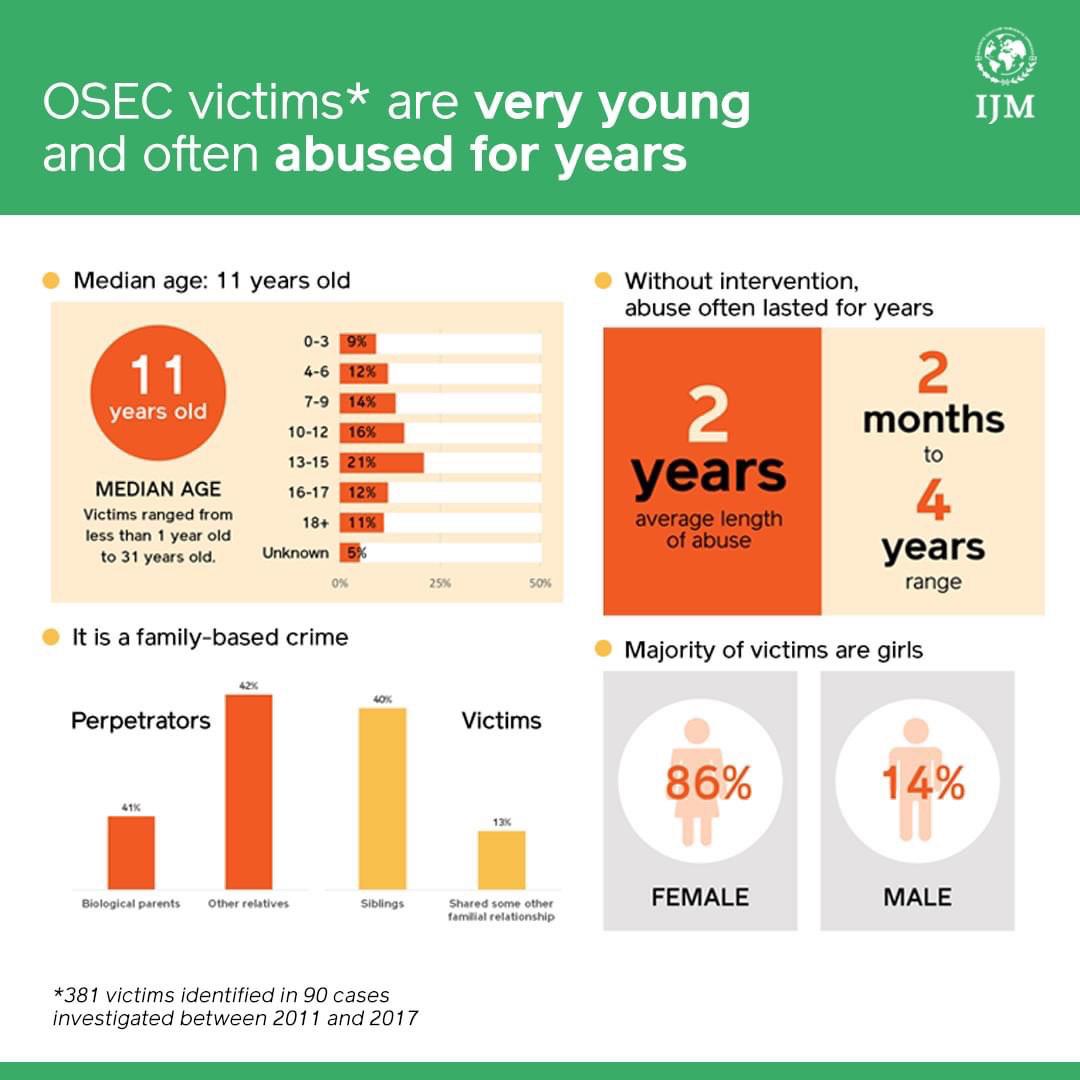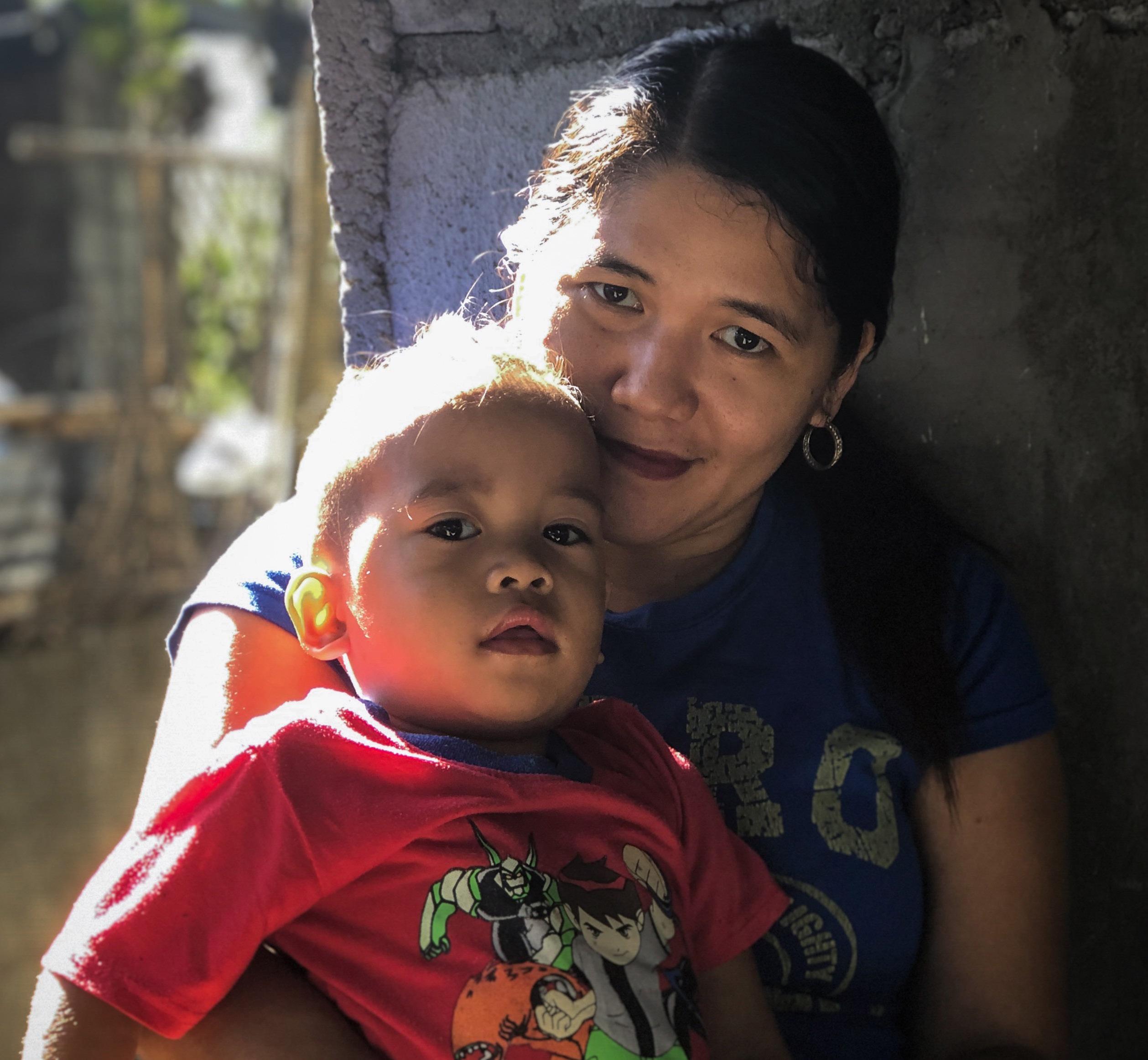
1 minute read
What is Online Sexual Exploitation of Children?
What is Online Sexual Exploitation
The Philippines has been identified as a global hotspot for the online sexual exploitation of children. It received more than 8 times as many referrals from Global international law enforcement than any other country (IJM, 2020).
Advertisement
of Children?
OSEC is defined as “the production for the purchase of online publication or transmission of visual images (e.g. photos, videos, live streaming) of the sexual abuse or exploitation of a minor for a third party who is not in the physical presence of the victim, in exchange for compensation” (ibid.).
Interntional Justice Mission (IJM), in their study of OSEC published May 2020, state “Access to the internet has brought increased opportunities to children across the globe. The internet provides access to information and new perspectives, learning, the global marketplace, and connections to friends and family who live far away. However, this access has introduced new risks and dangers to children. Child sex offenders who would prey on victims through in-person, contact abuse can now abuse children anywhere using the world wide web, and technology has created a marketplace where this abuse can now be bought and sold online” (ibid.).
The image on this page is an actual trafficking case illustrated to show that as high-speed internet connectivity has spread across much of the globe, offenders adopted its use as an additional method through which to exploit children. This newer, technological form of exploitation provides offenders convenient access to minors from home, work, or anywhere their mobile devices can access the internet, and it has largely shielded them from law enforcement detection and intervention.
Reference and background images: International Justice Mission, May 2020. Online Sexual Exploitation of Children in the Philippines: Analysis and Recommendations for Governments, Industry and Civil Society.

Vulnerable children in developing countries – especially those with widespread internet access but insufficiently resourced justice systems – have been targeted by online offenders in similar ways as they were previously targeted by traveling offenders. Online crimes against children occur in many forms – sharing of abuse images, manipulating children online for abuse, sextortion, and trafficking (IJM, 2020).







